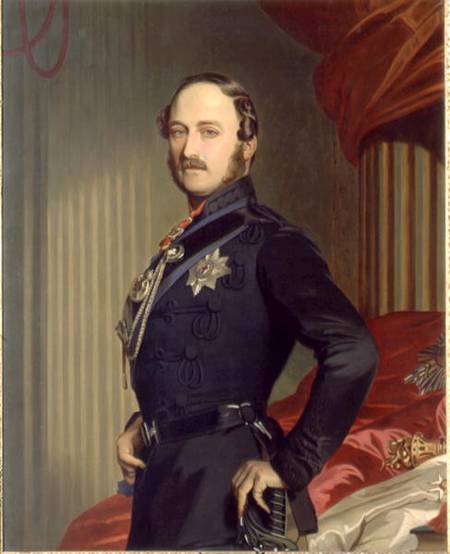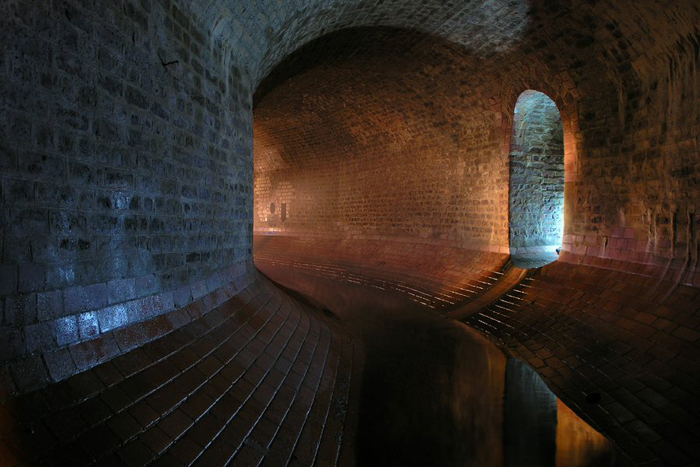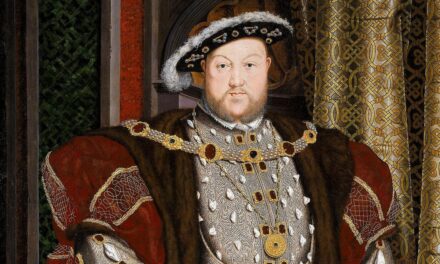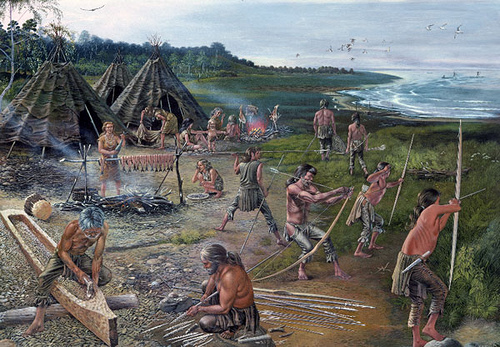Albert was the husband and consort of Queen Victoria and a significant influence on his wife. She never recovered from his premature death.
Albert Francis Charles Augustus Emmanuel of Saxe-Coburg-Gotha was born on 26 August 1819 at Schloss Rosenau, in Bavaria, the younger son of the duke of Saxe-Coburg-Gotha. When he was seven, his father divorced his mother on grounds of adultery, and she was sent to live in Switzerland and forbidden to see her children. Albert was educated at Bonn University. In 1840, he married his cousin, Queen Victoria. The marriage was unpopular in some quarters, and parliament resisted granting Albert what his wife regarded as a suitable allowance.
Albert’s role as advisor to his wife came into full force after the death of Lord Melbourne, the prime minister, who had exerted a strong paternal influence over Victoria, and Albert began to act as the queen’s private secretary. He encouraged in his wife a greater interest in social welfare and invited Lord Shaftesbury, the driving force behind successive factory acts, to Buckingham Palace to discuss the matter of child labour. His constitutional position was a difficult one, and although he exercised his influence with tact and intelligence, he never enjoyed great public popularity during Victoria’s reign. It wasn’t until 1857 that he was formally recognised by the nation and awarded the title ‘prince consort’.
Albert took an active interest in the arts, science, trade and industry. He masterminded the Great Exhibition of 1851, with a view to celebrating the great advances of the British industrial age and the expansion of the empire. He used the profits to help to establish the South Kensington museums complex in London.
In the autumn of 1861, Albert intervened in a diplomatic row between Britain and the United States and his influence probably helped to avert war between the two countries. When he died suddenly of typhoid on 14 December, Victoria was overwhelmed by grief and remained in mourning until the end of her life. She commissioned a number of monuments in his honour, including the Royal Albert Memorial in Kensington Gardens completed in 1876. Albert and Victoria had nine children, most of whom married into the other royal houses of Europe.




















